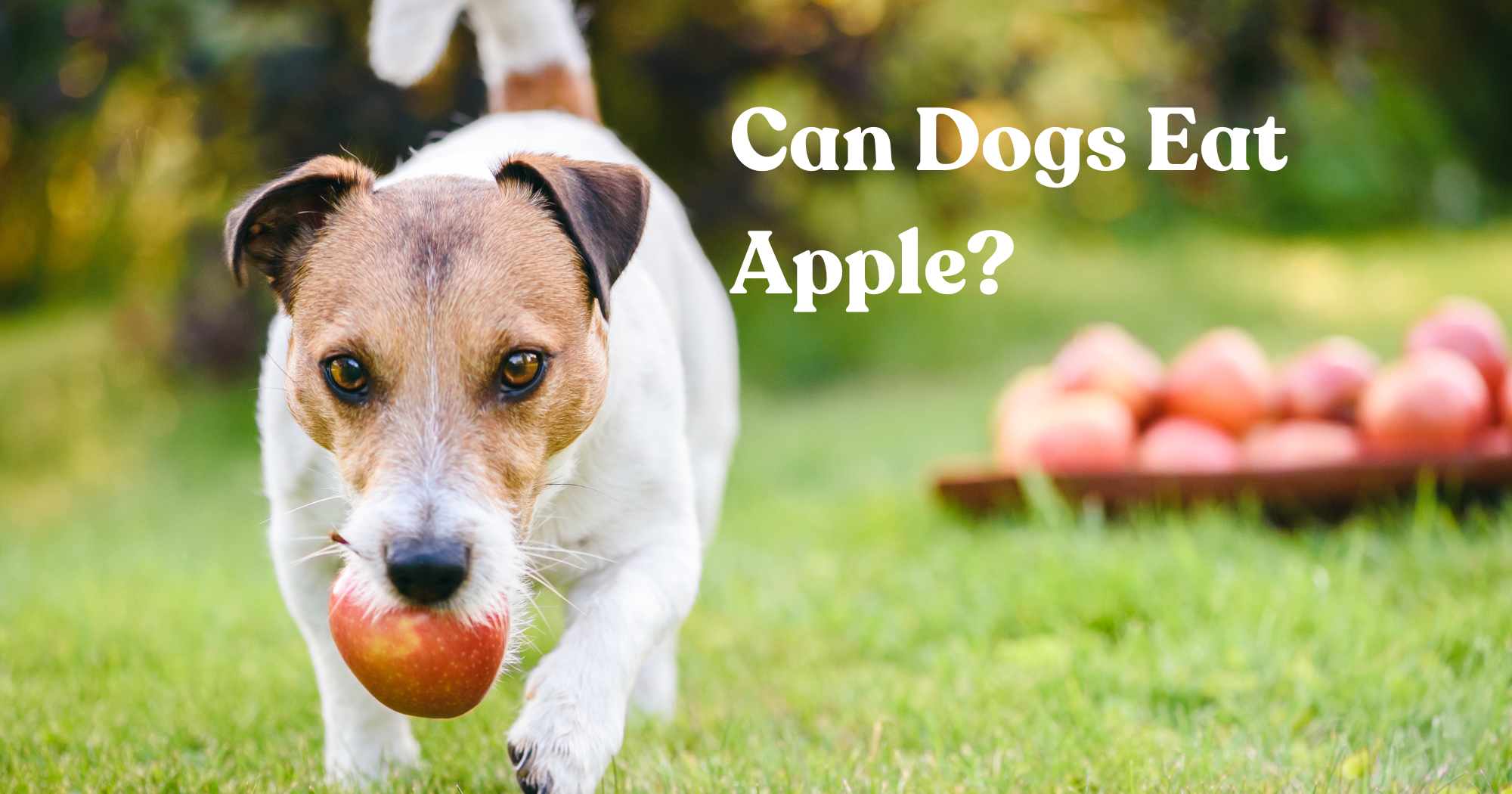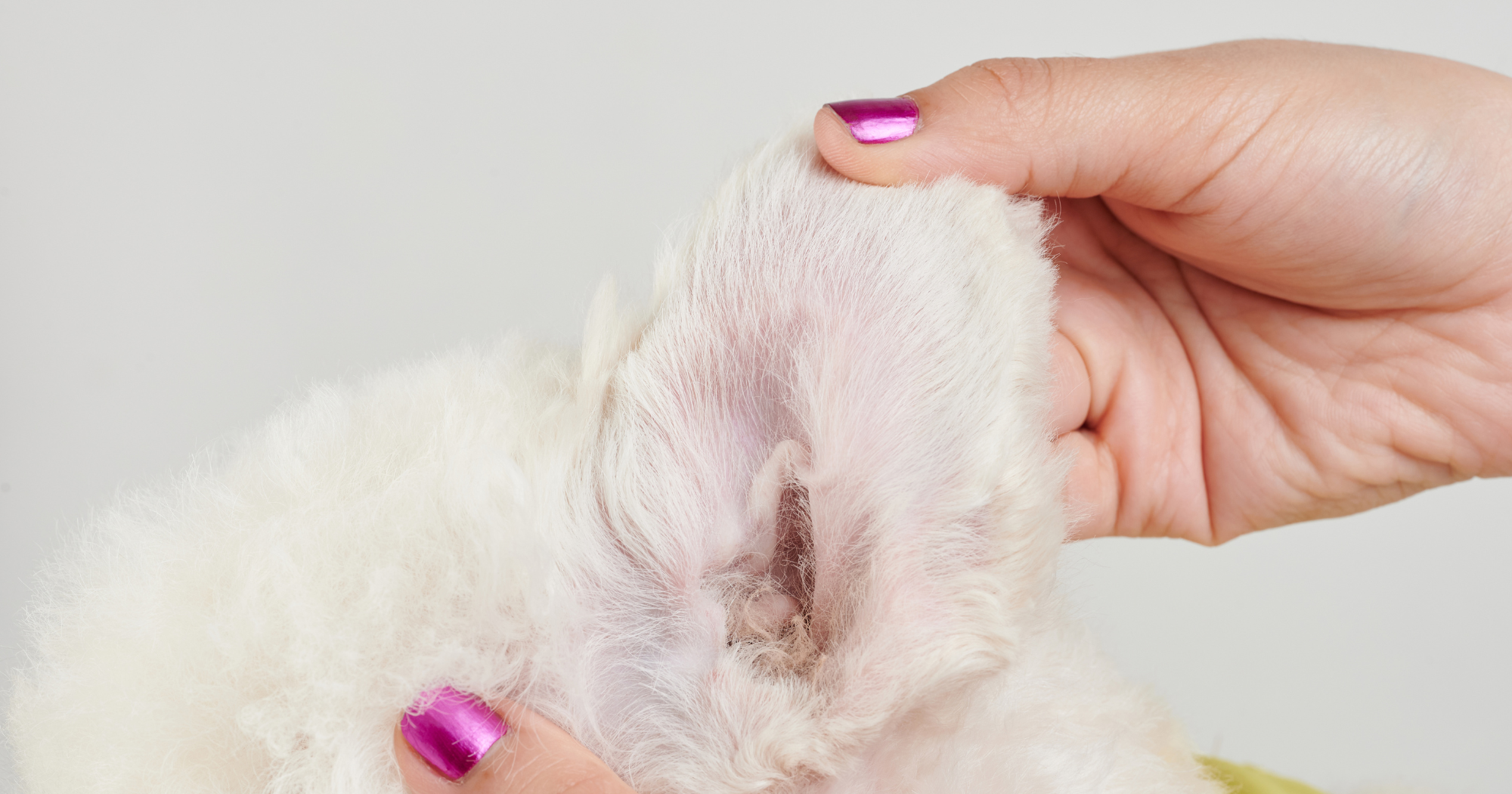
🍎 Can Dogs Eat Apples?
Apples are a household staple in many human foods, but can your furry friend enjoy them too?
Yes — apples can be a healthy, crunchy, and refreshing dog treat when served properly. They’re full of vitamins A and C, dietary fiber, and malic acid, which all contribute to your dog’s overall health. But some parts, like the apple seeds and apple core, should always be avoided.
Here’s what every pet owner should know before feeding apples to their dog.
✅ Health Benefits of Apples for Dogs
Apples offer impressive nutritional value when given safely and in moderation.
Key benefits include:
Rich in vitamins A, C and K
Supports immunity, bone health, and cellular repair
Malic acid
Helps naturally clean teeth and support dental care
High in dietary fiber
Promotes a healthy digestive tract and helps manage weight
Naturally sweet and low in fat
A satisfying low-calorie treat without artificial flavors
Apples are best used as an occasional topper to regular dog food or as a refreshing snack during training.
⚠️ Risks to Watch Out For
Although apples are safe, parts of the fruit can pose a risk to your dog’s health if not prepared correctly.
Be cautious of:
Apple seeds
Contain cyanide, which is toxic in large quantities
Apple core
A common choking hazard and may cause gastrointestinal blockage
Apple skin
Can be tough to digest, especially for dogs with sensitive stomachs
Natural sugar content
Too much can contribute to obesity or dental issues
Limit portion size for diabetic or overweight dogs
🍽 How to Safely Serve Apples
Apples are most beneficial when served in clean, simple ways.
Safe serving tips:
- ✔️ Wash thoroughly or use organic apples to avoid pesticides
- ✔️ Remove apple seeds and core
- ✔️ Slice into small, bite-sized pieces to prevent choking
- 🧊 Serve frozen for a cooling chew or mix apple sauce (unsweetened) into dog food
- 🧠 Stuff apple chunks into a KONG toy for fun and mental stimulation
Best apple types for dogs:
- Granny Smith
- Red Delicious
- Red or golden apples
These are all safe options, as supported by the American Kennel Club
📏 Portion Guidelines by Dog Size
Every dog is different. Stick to small portions, especially when introducing apples for the first time.
- 🐶 Small dogs
A few small slices - 🐕 Medium dogs
Around half an apple (no core or seeds) - 🐕🦺 Large dogs
Up to one whole apple split across the day
Apples should never make up more than 10% of your dog’s daily calories to maintain a complete and balanced dog food diet.
👃 Monitor for Allergies or Reactions
Some dogs may show signs of digestive problems or allergies. Watch for:
- Itching or swelling
- Vomiting or diarrhea
- Behavioural changes after eating apples
If symptoms occur, stop feeding apples and consult your vet. Keeping up with regular veterinary dental cleanings and maintaining your dog insurance plan is always a good idea when introducing new foods.
🍌 Healthy Alternatives to Apples
Mix things up with these other dog-safe fruits that are easy to serve and full of nutrients:
- 🍌 Bananas – Great for potassium and gentle on digestion
- 🫐 Blueberries – Antioxidant-rich and low in sugar
- 🍉 Watermelon – High water content (remove seeds and rind)
- 🍊 Oranges – Offer vitamin C in moderation
Fruits to avoid:
- Grapes and raisins
- Cherries (contain cyanide)
- Lemons, limes and avocados (toxic to dogs)
Always check with the pet poison helpline or your vet if you’re unsure.
🐾 Final Thoughts
Apples are a safe and healthy treat when served properly. Packed with vitamins A and C, dietary fiber, and natural crunch, they’re a great way to reward your dog while supporting overall health.
Just remember to remove the apple seeds and apple core, limit portions, and watch for any signs of gastrointestinal upset.
Ready to treat your pup the healthy way?
Explore our full Dog Treats Collect.




